There was a time not too long ago when B2B marketers could count on their customers and prospects being at their desks, in an office, during normal business hours. The biggest concerns then were catching people in between meetings and having a better brochure than the competition.
Those days are long gone. Hybrid work environments, fragmented work schedules, and home-related distractions have forever reshaped how we consume information and build relationships with brands.
What’s more, Dan Gingiss, author and customer experience expert, points out that “most companies must realize that they are no longer competing against the guy down the street or brands that sell similar products. Instead, they’re competing with every other experience a customer has.”
While this shift poses a challenge, it also offers an incredible opportunity to those willing to commit to an effective positive customer experience strategy. We’ve compiled some important customer service statistics and data to illustrate:
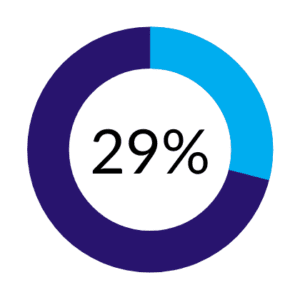

FULLY ENGAGED CUSTOMERS
A Gallup analysis found that only 29% of B2B customers are fully engaged — that is, emotionally and psychologically attached to the companies they do business with. That could be because only 13% of leaders recognize the critical relationship that exists between companies and customers. In other words, the door is wide open.
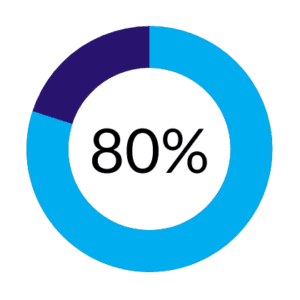

EXPERIENCE IS AS IMPORTANT AS THE PRODUCT
Research from Salesforce has found that 80% of customers feel the experiences provided by a company are as important to them as its products and services. The other 20% are probably price shoppers. Is that where you really want to compete?
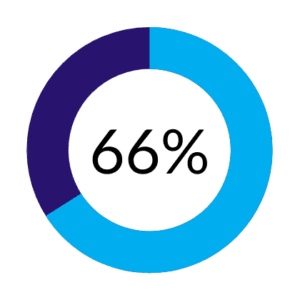

PERSONALIZATION MATTERS TO MOST
66% of customers expect businesses to understand their specific needs and demonstrate how their products/services address them. In other words, stop assuming customers will connect the dots themselves — they’re too busy for that. Instead, you should be prepared to personalize information, offers, and interactions at scale.
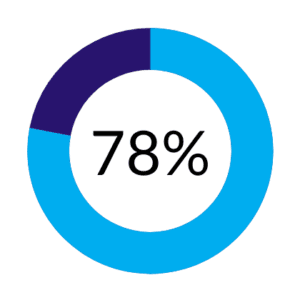

MULTICHANNEL IS PREFERRED
Omni-channel customer engagement is now preferred by almost 78% of the customers. 76% of customers also expressed they prefer one channel over another based on the context of the message. So the question now becomes: how do you keep all your messaging consistent and “on brand” across all channels?
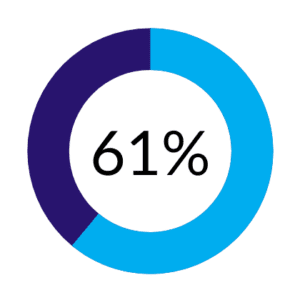

THE POWER OF GIFTS
61% of new customers believe surprise gifts and offers are the most important way a brand can interact with them. This speaks volumes about the continued value of branded promotional products, even to longtime customers. How are you showing your appreciation to customers?
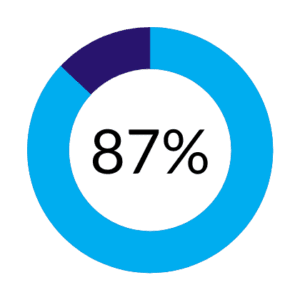

LOYALTY AS A FUNCTION OF FREQUENCY
It shouldn’t come as a surprise to hear that regular engagement with existing customers dramatically impacts loyalty and advocacy. What’s eye-opening are the numbers: 87% daily, 64% weekly, 49% monthly, and 33% a few times per year. Creativity and automation are key to leveling up your customer touchpoints.
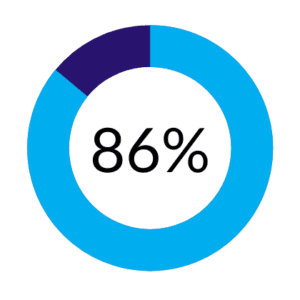


FOCUS ON LONG-TERM
Seasoned BDRs know that current customers are often the greatest and most profitable sales source. This explains why 86% of sales reps feel it’s more important to focus on building long-term customer relationships and providing excellent customer service rather than trying to land a quick sale. B2B businesses that successfully engage customers realize 63% lower customer attrition and also achieve a 55% higher share of wallet. Not to mention the absence of negative reviews and unhappy customers.



ENGAGEMENT DRIVES REVENUE
86% of businesses that successfully engaged their customers reported an increase over the previous year’s revenue and were twice as likely to see an increase in market share.
Those numbers are driven by the fact that engaged customers spend 300% more over the course of a year and are 7 times more likely to “always respond to this brand’s promotional offers.”
PUTTING IT ALL TOGETHER
Committing to meaningful customer engagement can yield significant growth, and clearly, the opportunity exists. The stats and observations above point to three fundamental requirements for a successful strategy:
1. Automation: Given the number of touchpoints and channels required for successful engagement, integrated technology will be crucial to managing assets and workflows. (Read more about that here)
2. Experiences: You’ll want creative and exciting touchpoints spanning many channels to increase brand loyalty. They should be seamless and specific to a very defined customer retention segment (think about your different personas and their journeys).
3. Empowerment: Your sales reps and customer service team have their finger on the pulse of their customers. They should have the tools necessary to quickly personalize and deliver branded collateral, and provide excellent customer service.
Great customer service experiences is clearly important for your business growth, to yield happier customers, and increase your profitability potential. All of the data points to this fact, which means investing in good customer relationships is an important aspect to better rention rates.



